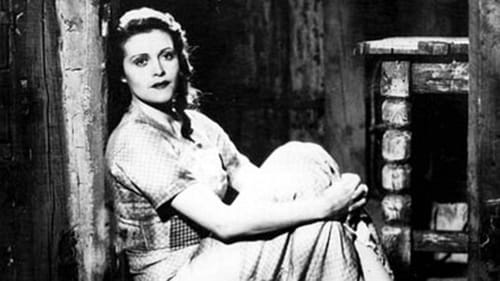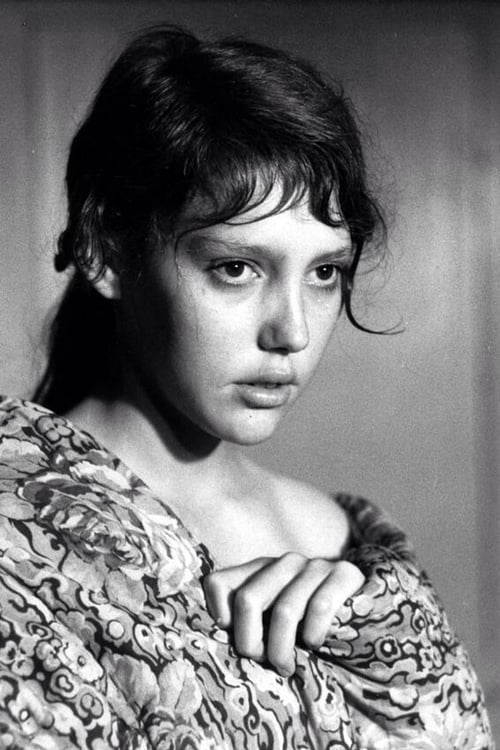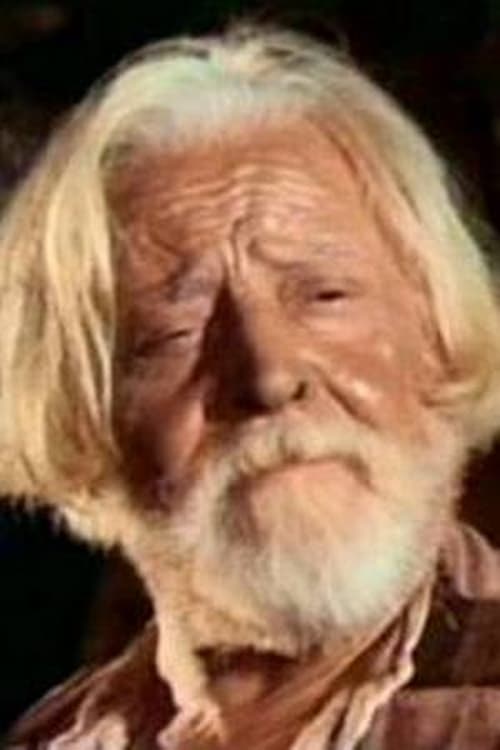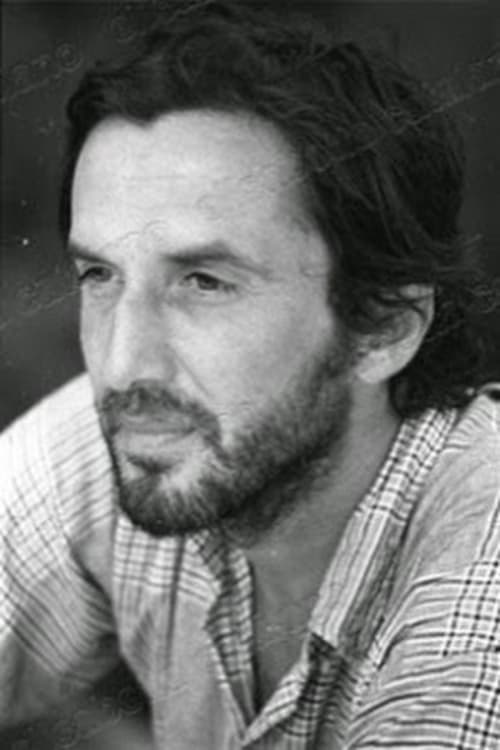Capricci (1969)
Жанр : драма, комедия, мелодрама
Время выполнения : 1Ч 29М
Директор : Carmelo Bene
Краткое содержание
After a fight in their apartment, the story of a writer and a painter are divided. The writer is dedicated with his partner Manon to provoke continuous accidents in a field in which car carcasses abound. The painter is recruited to kill, through a poisoned picture, the old Arden to allow the latter's wife, Alice to live with her lover Mosbie.

"A feature-length deluge of incessant, brilliant bursts of images (short takes and jump cuts, single frames in series, freeze-frames slightly altered between takes) it creates a Joyce-like dense and sombre mosaic of memory and sensory impressions, a texture instead of a plot, a dream-like flow of visually-induced associations often flashing by faster than they can be absorbed. Described by the director as an 'anxious allegory and chilling album of nostalgia,' its penetrating monomania is unexpectedly — subversively — realized to be a statement about American today: the alienation and atomization o technological consumer society is reflected in the very style of the film." - Amos Vogel, Film as a Subversive Art

Two reels of mis-takes in shooting Part II of 3RD DEGREE. Film was loaded in camera improperly and the image slides about off-center and becomes blurred – creating some rather amusing and mysterious imagery. A made “found” object. —ubu.com

Multi-faceted artist Phil Niblock captures a brief moment of an interstellar communication by the Arkestra in their prime. Black turns white in a so-called negative post-process, while Niblock's camera focuses on microscopic details of hands, bodies and instruments. A brilliant tribute to the Sun King by another brilliant supra-planetary sovereign. (Eye of Sound)

To the toccata portion of Bach's "Toccata and fugue in D minor," we watch a play of sorts. Blue smoke forms a background; a grid of black lines is the foreground. Behind the lines, a triangle appears, then patterns of multiple triangles. Their movements reflect the music's rhythm. Behind the barrier of the black lines, the triangle moves, jumps, and takes on multiple shapes. In contrast with the blue and the black, the triangles are warm: orange, red, yellow. The black lines bend, swirl into a vortex, then disappear. The triangle pulsates and a set of many of them rises.

In modern-day Berlin (1987), Frau Kutowski goes insane, believing herself to be the (real-life) notorious Anita Berber, a nude art dancer/drug addict/scandalous figure of post-WWI Berlin. (Berber died of tuberculosis in 1928, having achieved significant success and recognition throughout the dance world.) Frau Kutowski is placed in a mental hospital, where in her own mind she acts out Berber's final days, including in her fantasies the hospital's staff and patients, to represent Anita's friends and associates.

James Broughton's creation myth, THIS IS IT, places a 2-year-old Adam and a bright apple-red balloon in a backyard garden of Eden, and works a small miracle of the ordinary. And since that miracle is what his film is about, he achieves a kind of casual perfection in matching means and ends.

Each film frame is a different image from the Sears Roebuck mail order catalogue. The film places pictures of the objects sold by Sears to the consumer society side by side with pictures of female models

A beautiful young drifter comes to a small village and battles Death itself to save the man she loves.

Singer Oksana has lost her beloved in the war. Everyone thinks he perished, but actually he was taken prisoner, then ran away, hid, fell into American hands, and… Finally, he returns to his village, and meets Oksana. —Yerevan International Film Festival

Set on the landing and the stairs of Zwartjes’ new house, then still empty, in The Hague. The filmmaker suggests a mysterious and complex space by using a ‘floating’ camera to film a number of crawling, creeping personages. (MUBI)

This dazzling stop-motion animation provided Vorkapich with a forum to demonstrate complex perceptual theories related to the persistence of vision and phi phenomenon. The dance of objects and their movements before the camera lens–somewhat similar to Oskar Fischinger’s abstractions–illustrate many visual sensations playfully executed by Vorkapich.

Since childhood, Raquel and Maria have been close friends. Now all grown-up, Raquel has fulfilled her dream of becoming an actress, while Maria has married a handyman, given birth to three children and runs the family household. In the wake of the Argentine military coup of 1976, Maria's oldest son Carlos is abducted. Desperate, Maria turns to her prominent friend for help. Yet the more Raquel gets involved in the search for Carlos, the more she becomes herself a target of the junta. Finally, she flees from Argentina to Berlin. Meanwhile Maria joins a group of women who investigate the fate of their disappeared relatives. In 1983, after the fall of the dictatorship, the two friends meet again.

The love story of Dan (a beautiful young woman) and Gu (a humpback), servants from two separate households in Ha Dong, Vietnam who have suffered most of their lives at the hands of their cruel masters. The couple flee south soon after Gu presents Dan with a wedding gift - the precious white silk dress his mother had owned (his one valuable possession), while he promises her a proper marriage someday in the future. The couple arrive in the seaside town of Hoi An and build a new life, with Dan ultimately giving birth to 4 daughters. Despite struggling through immense poverty and hardships, the family is happy and fulfilled as long as they have each other, but the horrors of the encroaching war brings tragedy and threatens to tear them apart.

'Adventures of Jimmy' resolves its immature hero’s quest for “playmates” through a tongue-in-cheek narration that juxtaposes ironically with the images. We are told his family left him their whole estate, as we see a shack in the woods. The happy resolution is a joke on monogamy. It’s a straightforward story, the work of someone who wants to entertain with elegance and quiet subversion.

After WW2, a group of partisans comes to a bourgeois family in order to teach them singing and declamation of new songs. The family soon forgets their old customs and principles.

A story about poverty, honour and forgiving.

Julia, an only child of an affluent, bank owning family living in Madrid, escapes from her family to get over her grief that her boyfriend has been imprisoned. Julia is a well educated woman, having studied in Switzerland and England, who wants to become a writer. Julia drives to a little village in Asturias called "Corralbos del Sella" and there she stays in a mansion "llendelabarca" of an old childhood friend "Pilara" she had spent many a happy summer with. Also living there is Pilara's mother in law Tia Gala, and her grandson Juanito. Julia's relationship with caretakers, teacher and priest makes Julia, a woman of the spanish capital, perhaps for the first time to not feel so alone.

“Riggs’s film poem conveys delight with his adopted hometown through a documentarian’s eye for significant detail, a lyrical sensitivity, and homespun humor. The film, too, serves as a chronicle of people and places of Santa Fe in the early 1930s, when it earned the epithet ‘Greenwich Village of the West.’” - William M. Butler

Ramu, eldest son a family of migrants, is a fresh graduate searching for a job like many others in post-partition Calcutta.

Long considered lost, The Assignation was Curtis Harrington's first color film. It was shot in Venice, Italy, and follows a masked figure through the labyrinthine canals of the city, building to a spectacular climax.







